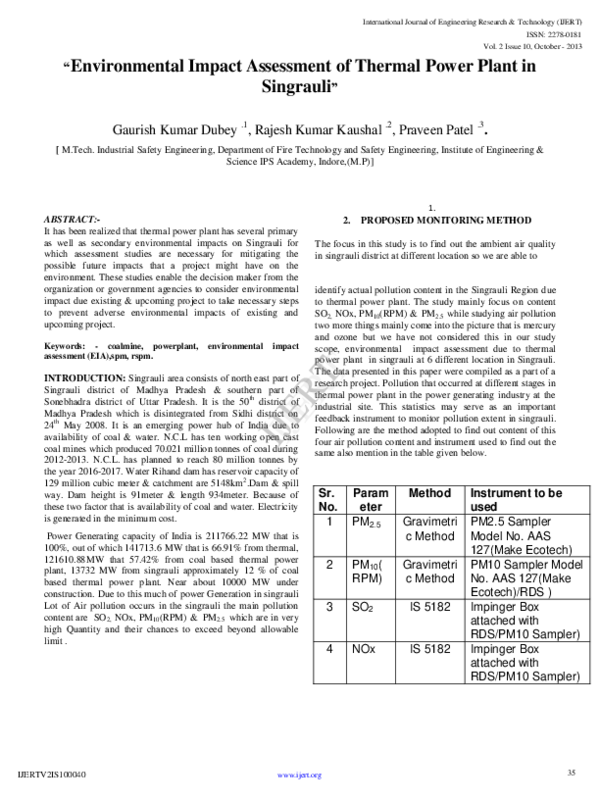


Additional information was gathered using a diary kept by each participant. Personal measurements of 1,3-butadiene, benzene and NO2 were performed for one week, and were repeated for 20 of the 40 participants. (in the north of Sweden) were recruited to the study. During the winter of 2001, 40 randomly selected persons living in the City of Umeå This was to see if NO2 can be used to indicate personal exposure to carcinogenic substances or at least estimate ambient levels measured at a stationary point. The aim of this study was to investigate the relation between two toxic volatile organic compounds, 1,3-butadiene and benzene, and a commonly used indicator of vehicle exhaust fumes, NO2. Potential environmental applications can be achieved by immobilizing copper nanoparticles onto the surface of reducing metals to form a reactive bimetallic structure. The degradation intermediates included ethane and ethylene accounting for 79% and ∼1.5% of the 1,2-DCA lost, respectively. No reduction of 1,2-DCA was observed when the system contained either copper nanoparticles alone or borohydride alone. More than 80% of 1,2-DCA (30 mg L(-1)) was rapidly degraded within 2 h in the presence of both copper nanoparticles (2.5 g L(-1)) and borohydride (25 mM). Batch experiments were conducted to test the effectiveness of copper nanoparticles for 1,2-DCA degradation using sodium borohydride as electron donors where the ORP was measured as -1100 mV.

They have surface areas of about 19.0 m(2) g(-1) and an average diameter of 15 nm. Copper nanoparticles consisted of mainly metallic copper (Cu(0)) with small amounts of cuprous oxide (Cu(2)O). In this study, zero-valent copper nanoparticles have been synthesized for effective dechlorination of 1,2-DCA under reduction conditions of sodium borohydride.

Zero-valent iron (ZVI) is capable of degrading a wide array of highly chlorinated contaminants however, the reactivity of ZVI towards 1,2-DCA is very low. We discuss the impact of this finding on the application of bond-valence-based predictions of mineral-water reactivity, and use the results of this study to pose questions and directions for ongoing modeling efforts aimed at linking macroscopic reactivity with molecular-level understanding.ġ,2-Dichloroethane (1,2-DCA) is a raw material used for the manufacture of vinyl chloride monomer (VCM) and therefore has very often been detected in the groundwater nearby the VCM manufacturing plant. For the systems modeled here the distinction between surface and ligand functional groups supersedes the differences in oxygen coordination with surface Fe. However, the results do elucidate fundamental concepts of interface reactivity: A key result, supported by electronic structure analysis, is that ligand oxygen functional groups cannot be treated on equal ground with true surface oxygen functional groups. The DFT energetics predict that a monodentate As(III) surface complex is preferred on both hematite-water structures, suggesting that the two structural models here employed do not sufficiently represent the true surface structure to reproduce the experimental observation of As(III) bidentate coordination. We report the DFT trends in adsorption energies in terms of As-hematite coordination, hematite surface geometry/stoichiometry, and oxygen functional group identity. The other hematite-water interface is an iron-terminated model in which the outermost oxygen functional groups are water (and water dissociation product) ligands. One of the modeled hematite-water interfaces is terminated entirely by hydroxyl surface functional groups, comprised of hematite lattice oxygen atoms. In the present study, we use density functional theory (DFT) to model mono-, bi-, and tri-dentate As(III) surface complexes on different (previously proposed) structural models for hydrated hematite, modeled as α-Fe(2)O(3)(0001)-water interfaces. Currently, the ability to predict As surface complexation is limited by the lack of molecular-level understanding of As-solid interactions. The long-recognized risk to human health arising from arsenic-contaminated waters is known to be linked to partitioning reactions between arsenic and natural solid phases.


 0 kommentar(er)
0 kommentar(er)
